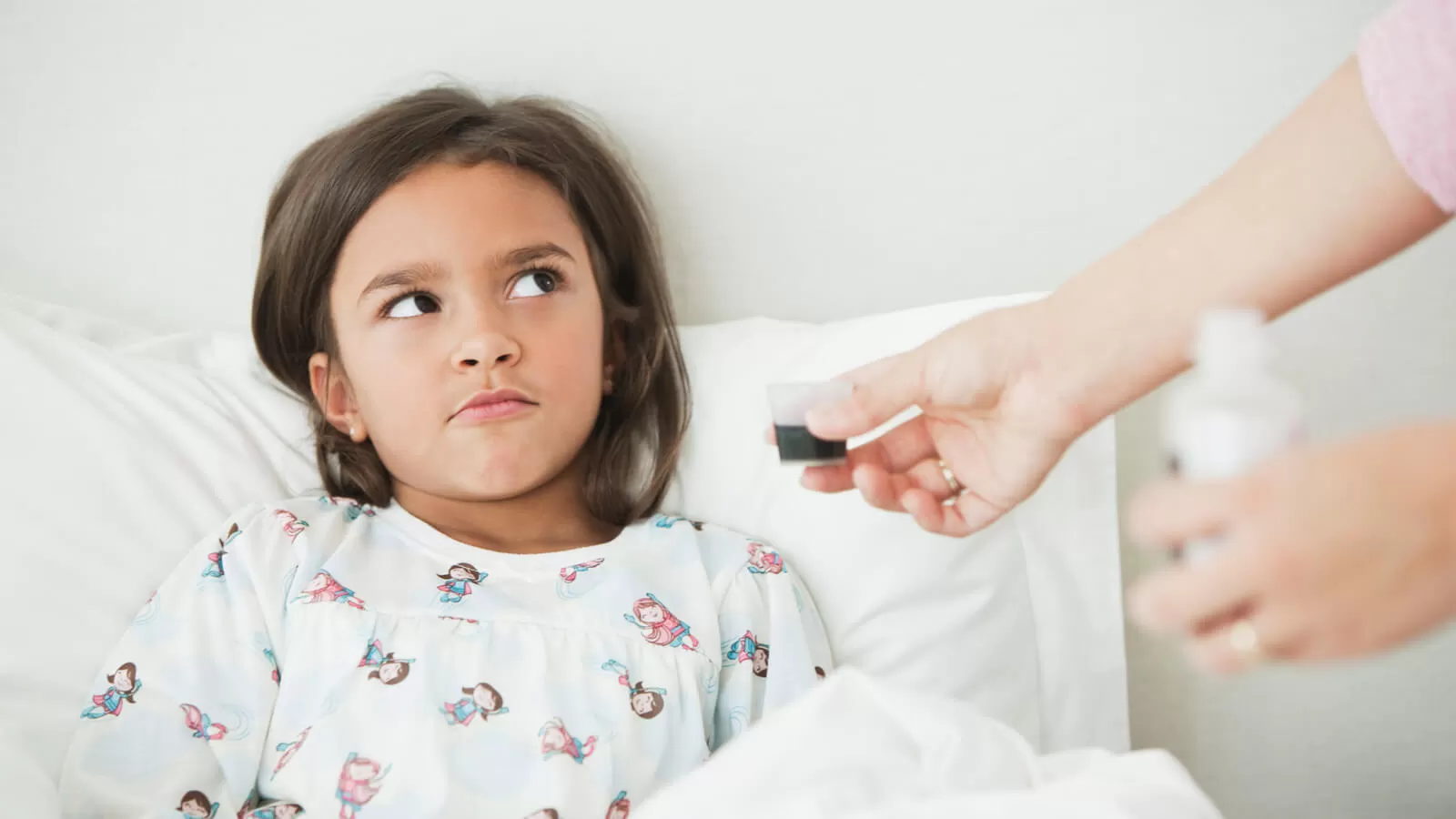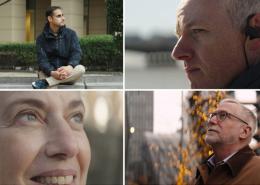Why Medicine Flavor Matters in Drug Design, Especially for Kids

Medicines don’t work unless people take them. It sounds like an obvious statement. And yet, a large percentage of people—up to 50%1 even—struggle when it comes to swallowing medications. Medicine flavoring has been a big part of the problem.
For more than a decade, Jeremy Bartlett, Ph.D., a Research Fellow with Pfizer Drug Product Design in Groton, Connecticut, has been working to solve that problem. “We work in pharmaceutical sciences, and if we develop a medicine you’re supposed to take and you can’t or won't take it, we’ve got a problem,” he says. “We’ve got to fix this.”
A hard pill to swallow
Bartlett’s journey with medicine flavoring started with the smallest and perhaps pickiest patients: children. In 2011, he learned that a group of kids who were participating in a clinical trial for an experimental drug for pediatric cancer were struggling or even refusing to take the medicine. The oral solution, which was grape-flavored, had a burning quality to it that lingered in the mouth for an extended period of time. “It wasn't just bitter, it wasn't an irritant,” says Bartlett. “It burned.”
Getting kids to take distasteful liquid or hard-to-swallow pills is an age-old battle that Bartlett had fought many times with his own children. But in that moment, as he thought about the children with cancer, the stakes had never been so high. “You realize that this medicine could be saving their life,” he says. “It’s critical that they’re able to take all the doses as they should.”
So along with a multidisciplinary team, Bartlett set out to design a medicine with minimal flavor. He knew, even at the start of the journey, that if his team could design a medicine that would work for kids, it likely would also work for other patients.
The challenges of medicine flavoring
In the pharmaceutical world, masking how medicines taste often involves adding sugar and flavor, says Bartlett. But that approach has its own challenges. For one, tastes vary from person to person and across cultures. Consider cilantro as an example: to some people, it tastes herby and fresh, but to others—seemingly because of a genetic variation2—it tastes like soap.
There’s also the danger of making something that tastes too good. “If you add a lot of sugar and flavor you can have kids thinking it’s candy and then there’s abuse potential,” says Bartlett. “You don’t want that either.” But even beyond all that, there are far more considerations than balancing medicine flavoring when it comes to formulations, including what happens after the medicine is swallowed. “You have to take into account how the therapeutic is absorbed into the body and how it’s processed,” says Bartlett. “The complexity of making the medicine work once it’s absorbed is the real challenge and where the real scientific innovation comes in.”
Designing a better-tasting medicine—or one that doesn't taste at all
The medicine that the pediatric cancer patients had been taking was an oral solution, so it hit the taste receptors in their mouths and throats immediately, and the irritation started right away. The burning, Bartlett explains, is simply a result of the molecular structure involved in that medication, once in solution, hitting the taste receptors in the mouth and throat. To prevent both taste and burn, the team at Pfizer decided to use a new technology that encapsulates the medicine into tiny, easy-to-swallow microspheres that are a fraction of the size of a typical children’s tablet and have the ability to "hide" the medicine flavoring from the taste receptors in the mouth and throat.
“Basically, you take the active pharmaceutical ingredient and you put it in a wax bead, known as an oral microsphere,” says Bartlett. The microsphere is then further coated in a smooth, protective membrane that minimizes or prevents it from being released in the mouth. This allows it to travel smoothly down the throat without any grit or unpleasant texture or taste. A single dose can include thousands of these microspheres, packed in a sprinkle capsule, stick pack, or sachets.
The design went through several modifications and several clinical trials to achieve the balance between acceptable taste while maintaining the required pharmacokinetics, which means ensuring that the medicine moves through the body and is absorbed properly. All told, it took about 10 years. “That’s the iterative cycle. You have this hypothesis, you design a system, and you then have to go into a clinical study to evaluate that process. That typically lasts about nine to 12 months,” says Bartlett. “And we had to iterate several times as we learned more.” The therapeutic is currently under review by the FDA.
Answering an unmet need
Researchers devote years to discovering new molecules that can treat and cure illnesses. But how will those molecules be delivered as a potential medicine to the patient? For Bartlett, identifying a new pediatric drug product platform has been one of the most meaningful endeavors of his career.
When he began this journey, he asked his own kids to describe how their medicines taste. They regularly reported that their allergy medicine tasted terrible. He knows that for them, a missed dose will be OK. But as a parent, it’s still an exhausting negotiation. Plus, kids are kids—they don’t necessarily understand the seriousness of one medication over another. “If my kids miss a dose of their allergy medicine, they’re going to sneeze. It’s not cancer medicine. But it’s still the same battle,” he says. “We've got to do whatever we can to make their life just a little bit easier, because I know that some of those battles have huge consequences.”
Having seen the possibilities with pediatric oncology medicine, Bartlett says his team is now looking at using the microsphere platform in other areas, as well. He says the technology offers potential for any number of therapeutics, including controlled release, immediate release, and even combining different medicines. The implications of improving how medicines taste or masking the taste, he believes, could be enormous for patients, whether they’re children, older adults, or anyone who’s ever struggled to swallow medicine.
“This is an area that’s a huge, unmet medical need,” he says. “And it’s the right thing to do.”
![]()






